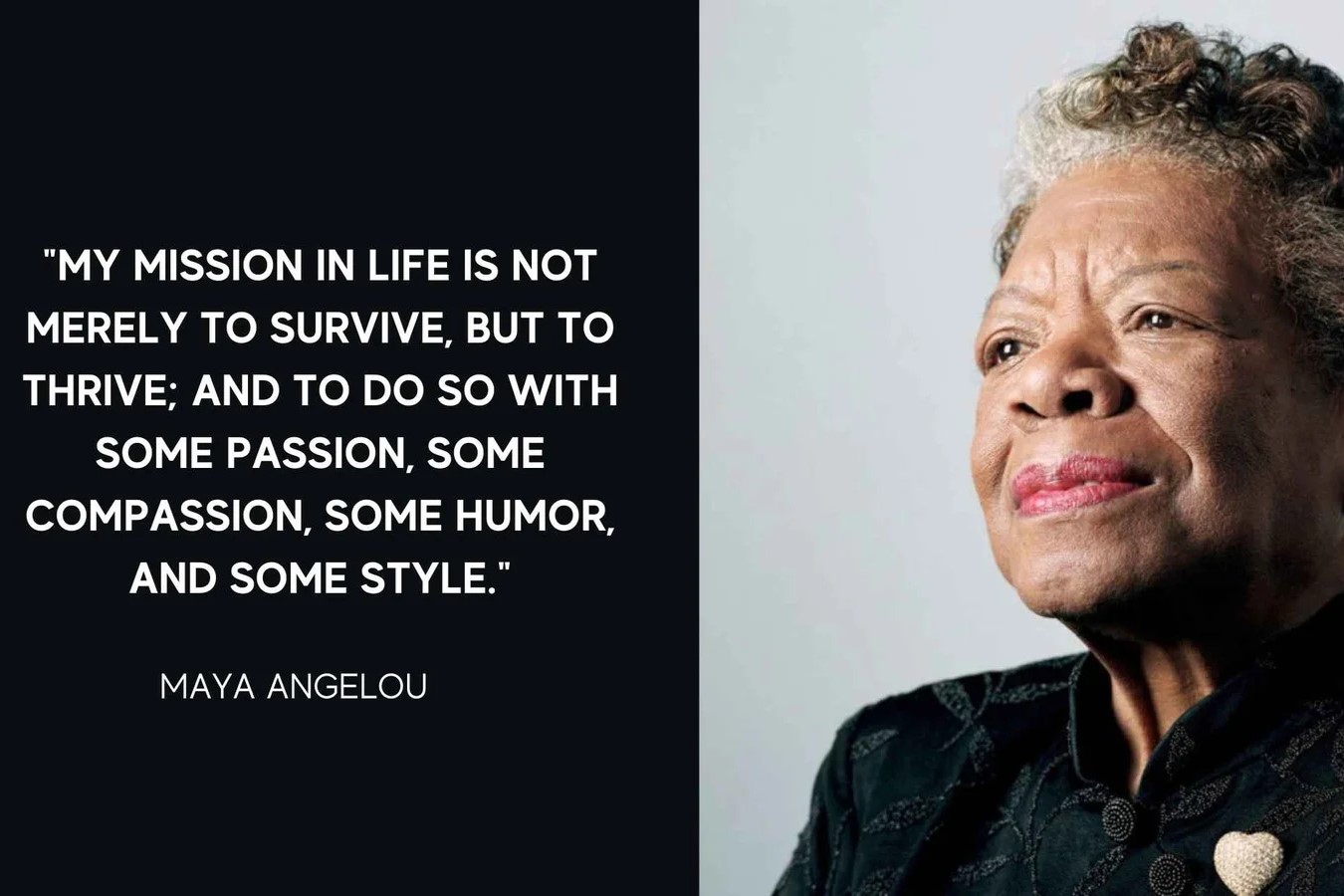
Movies and TV shows have been a huge part of our lives for decades, shaping culture and sparking conversations. Ever wondered what goes on behind the scenes or how your favorite characters came to life? From iconic lines that were never in the script to surprising casting choices, there's a lot more to these stories than meets the eye. Whether you're a casual viewer or a die-hard fan, these 30 facts will give you a fresh perspective on the entertainment world. Ready to dive into some cool trivia and fun tidbits? Let's get started and see how much you really know about the magic of the screen!
Key Takeaways:
- Movies and TV have a rich history, from the first-ever movie in 1888 to the longest-running American sitcom "The Simpsons." Did you know "Gone with the Wind" is the highest-grossing film of all time when adjusted for inflation?
- Behind the scenes, movies and TV shows have fascinating secrets, like "The Godfather" using a real horse head and "The Matrix" popularizing "bullet time" special effects. Who knew "The Crown" spends $130,000 per episode on costumes?
The Magic of Movies
Movies have been a source of entertainment and inspiration for over a century. From silent films to modern blockbusters, the film industry has evolved dramatically. Here are some fascinating facts about movies that might surprise you.
- The first-ever movie was made in 1888. Titled "Roundhay Garden Scene," it was just 2.11 seconds long.
- "Gone with the Wind" (1939) is the highest-grossing film of all time when adjusted for inflation.
- The longest movie ever made is "Logistics," which runs for 857 hours (35 days and 17 hours).
- The most expensive movie ever made is "Pirates of the Caribbean: On Stranger Tides" (2011), with a budget of $379 million.
- "Psycho" (1960) was the first American film to show a toilet flushing on screen.
- The iconic "Star Wars" opening crawl was inspired by the Flash Gordon serials of the 1930s.
- "The Wizard of Oz" (1939) was the first movie to use Technicolor, a process that added vibrant color to films.
- The famous "Wilhelm Scream" sound effect has been used in over 400 movies and TV shows.
- "Titanic" (1997) was the first film to gross over $1 billion worldwide.
- The shortest Oscar-winning performance was given by Beatrice Straight in "Network" (1976), lasting only 5 minutes and 40 seconds.
TV Shows That Changed the Game
Television has also had a profound impact on our lives, shaping culture and society in countless ways. Here are some intriguing facts about TV shows that have left a lasting legacy.
- "I Love Lucy" was the first TV show to be filmed in front of a live studio audience.
- "The Simpsons" is the longest-running American sitcom, with over 700 episodes.
- "Friends" was originally titled "Insomnia Café."
- "Game of Thrones" used over 52,000 extras during its eight-season run.
- "The Office" (US) was inspired by a British show of the same name created by Ricky Gervais.
- "MAS*H" finale remains the most-watched TV episode in U.S. history, with over 105 million viewers.
- "Breaking Bad" was originally set in Riverside, California, but was moved to Albuquerque, New Mexico, for tax incentives.
- "Seinfeld" was almost canceled after its first season due to low ratings.
- "Doctor Who" holds the Guinness World Record for the longest-running science fiction TV series.
- "The Twilight Zone" was one of the first TV shows to tackle social issues like racism and war.
Behind the Scenes
The magic of movies and TV shows often happens behind the scenes. Here are some lesser-known facts about what goes on behind the camera.
- Alfred Hitchcock never won an Oscar for Best Director despite being nominated five times.
- The "Lord of the Rings" trilogy used over 48,000 pieces of armor and 19,000 costumes.
- Pixar's "Toy Story" was the first entirely computer-animated feature film.
- The "Harry Potter" series used over 160 pairs of glasses for Daniel Radcliffe.
- "Avatar" (2009) took over 10 years to make due to advancements needed in technology.
- The "Friends" cast negotiated their salaries together to ensure equal pay.
- "The Godfather" horse head scene used a real horse head from a dog food company.
- "Jurassic Park" (1993) used a mix of CGI and practical effects to create realistic dinosaurs.
- "The Matrix" (1999) popularized the use of "bullet time" special effects.
- "The Crown" spends around $130,000 per episode on costumes alone.
The Magic of Movies and TV
Movies and TV shows shape our culture, spark conversations, and bring people together. From the first silent films to today's blockbuster hits, the entertainment industry has evolved dramatically. Whether it's the groundbreaking special effects in "Star Wars" or the timeless humor of "Friends," these stories leave lasting impressions.
Understanding these facts gives us a deeper appreciation for the creativity and hard work behind our favorite shows and films. Next time you watch a movie or binge a TV series, think about the fascinating details that make it special.
The magic of movies and TV lies not just in the stories they tell, but in the countless hours of effort, innovation, and passion poured into every frame. Keep exploring, keep watching, and keep enjoying the incredible world of entertainment.
Frequently Asked Questions
Was this page helpful?
Our commitment to delivering trustworthy and engaging content is at the heart of what we do. Each fact on our site is contributed by real users like you, bringing a wealth of diverse insights and information. To ensure the highest standards of accuracy and reliability, our dedicated editors meticulously review each submission. This process guarantees that the facts we share are not only fascinating but also credible. Trust in our commitment to quality and authenticity as you explore and learn with us.


